The story of leather is one of the most remarkable journeys in human history, a tale of discovery, innovation, and timeless value. For thousands of years, leather has been a reliable companion to humanity, serving purposes that range from survival to style. What began as a practical solution for protection has now evolved into a symbol of craftsmanship and luxury. In this blog, we will explore the history and evolution of leather, how it was discovered, developed, and continues to define modern industries today.
The Discovery of Leather
Leather is among the earliest materials ever used by humans, though its exact discovery remains uncertain. Most historians believe it originated when early humans used animal hides to protect themselves from harsh weather or to store food. It may have been discovered accidentally when animal skins left near a fire or treated with natural elements became stronger and more durable.
Over time, humans learned how to preserve these hides intentionally through a process known as tanning, which prevents decay and strengthens the material. This discovery was a major step forward in human survival, allowing people to create clothing, footwear, tools, and shelter coverings.
As civilizations grew, each culture developed its own tanning methods, creating different textures and finishes that made leather a valuable and versatile material across the world.
Leather in Ancient Civilizations
In ancient times, leather was valued mainly for its practicality. Early societies used it to make clothing, shoes, armor, and containers. However, as craftsmanship improved, it became more than just a functional material, turning into a symbol of art and prestige.
The ancient Egyptians used leather for sandals, belts, and even for writing materials. It was also used as currency and for ceremonial decorations. Similarly, soldiers and warriors across various regions wore leather armor for protection and rode horses equipped with leather saddles.
As global trade expanded, leatherworking knowledge spread across continents. Skilled artisans began crafting decorated leather goods, using natural dyes and patterns to add artistic value. Leather became a prized possession — durable, adaptable, and deeply associated with craftsmanship and culture.
Leather in the Medieval Era
During the medieval period, leather craftsmanship reached new heights. European tanners improved the tanning process by introducing vegetable tanning, a method that used natural plant materials instead of harsh chemicals. This innovation produced softer, stronger, and more eco-friendly leather.
Leather was everywhere in medieval life, from armor and footwear to belts, book covers, and saddles. It was even used for writing parchment and religious manuscripts. Its flexibility made it essential in daily life, trade, and warfare. Many tanners and leatherworkers passed down their skills through generations, preserving the artistry that became the foundation of modern leather production.
The Modern Age of Leather
In the modern era, leather continues to be one of the most desired materials in both fashion and industry. It is used for jackets, shoes, handbags, furniture, car interiors, and sports equipment. Thanks to advancements in technology, modern leather production offers a wide variety of colors, textures, and finishes that match every taste and trend.
Today, sustainable leather production is becoming increasingly important. Many brands have adopted eco-friendly tanning processes to reduce environmental impact while maintaining the luxury and quality that leather is known for. Whether in fashion houses or automotive interiors, leather remains a symbol of durability, elegance, and timeless appeal.
The Future of Leather
The future of leather looks promising and full of innovation. With ongoing advancements in science and technology, researchers are creating plant-based and bio-engineered leathers that replicate the look and feel of traditional leather while being more sustainable.
Sustainability is now at the heart of the leather industry. The next era will likely blend classic craftsmanship with eco-conscious production. From high-end fashion to modern furniture, leather’s versatility ensures it will continue to evolve with changing lifestyles and environmental priorities.
Conclusion
The evolution of leather is a timeless story of innovation, creativity, and cultural significance. From being an ancient survival tool to becoming a symbol of luxury and design, leather has remained one of humanity’s most important materials.
As technology and sustainability reshape the modern leather industry, one thing is certain — leather will continue to inspire craftsmanship, fashion, and functionality for generations to come. Its strength, beauty, and adaptability ensure that this classic material remains forever in style.
HEAR FROM OUR HAPPY JACKET OWNERS
" Thomas Kammer "
5 stars for the service, quality, fast shipping and great communication. Recommended!
" S. F. "
Amazing leather jacket!! Im super happy!
" Lisa Scherrer "
Exceeded my expectations: super comfy and very nice fit! Texture is also great. It is indeed oversized though, so I would recommend to purchase at least one size smaller. 🤍
" Dora Riederauer "
This jacket is amazing ❤️ I was looking for a leather jacket like this 4 years. The shipping was fast. The owner is very polite and helpful. I definitely recommend the shop 👌
" Areti "
Hello, the pants arrived here on Wednesday without complications. It was really quick. The result convinced me again. The pants fit perfectly. The quality of the material and the workmanship are also exemplary. I am really happy and would like to expressly thank you in this way.
Best regards from 🇩🇪
" Thomas Kammer "
This jacket has truly exceeded my expectations in terms of style, quality, and overall appeal. The labels patchwork detailing on the leather is what initially caught my eye, and it did not disappoint in person. Each label patch is seamlessly integrated to create a visually stunning and unique pattern. Comfort is equally important to me, and I am pleased that this jacket delivers.
" Oliver Schmidt "
This custom-made overall is more than just clothing. It showcases the skill and artistry that comes from tailoring something specifically for you. From the initial consultation to the final fitting, every step of the customization process involved a cooperative effort between my ideas and the artisan's expertise. Sizing was spot-on and the craftsmanship is nothing short of artistry. Hats off !
" Nick Müller "

SECURED PAYMENT METHODS
Shop with confidence – Our payment methods are secure and reliable

FREE SHIPPING
WORLDWIDE
No matter where you are, we will ship to you for free

QUALITY
ASSURANCE
We are committed to quality every step of the way

BEST PRICES
Shop your favorite product at unbeatable prices

AROUND THE CLOCK SUPPORT
Rest assured with our 24/7 Customer Support – We’ve got you covered
LINKS
GET IN TOUCH WITH US
Copyright 2025 © | JACKETMATE | All Rights Reserved


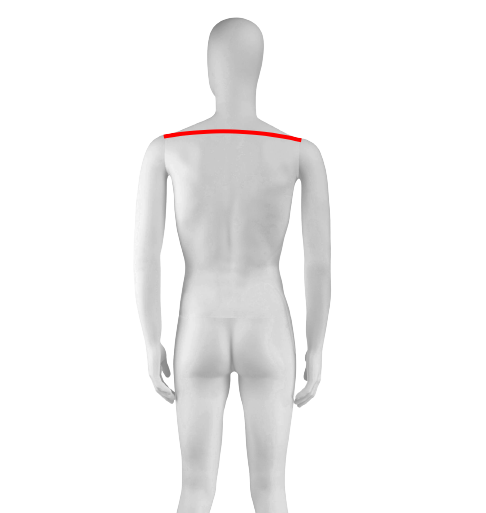









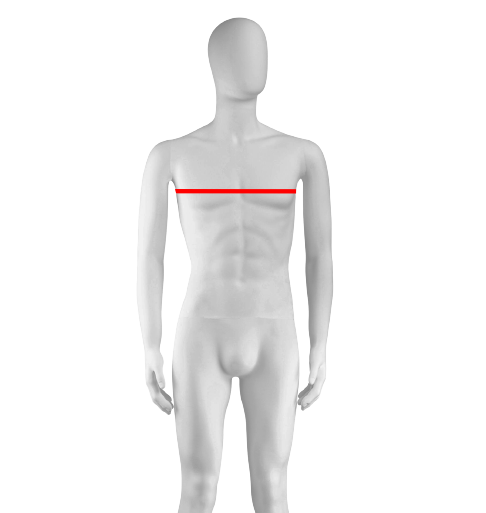



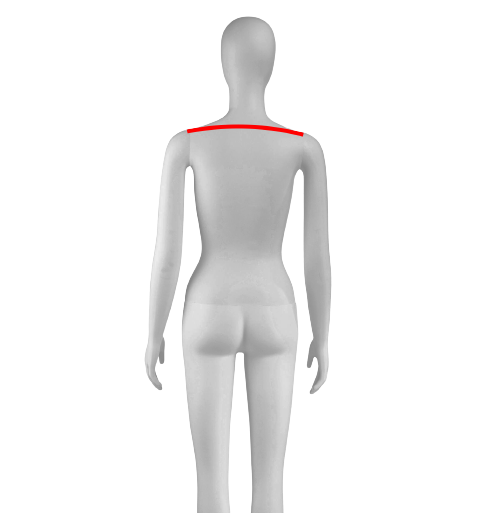

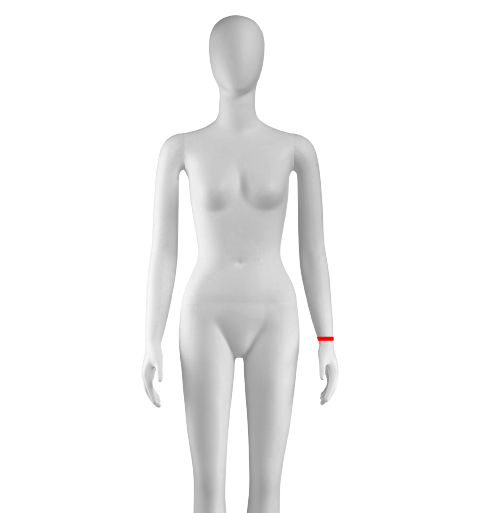
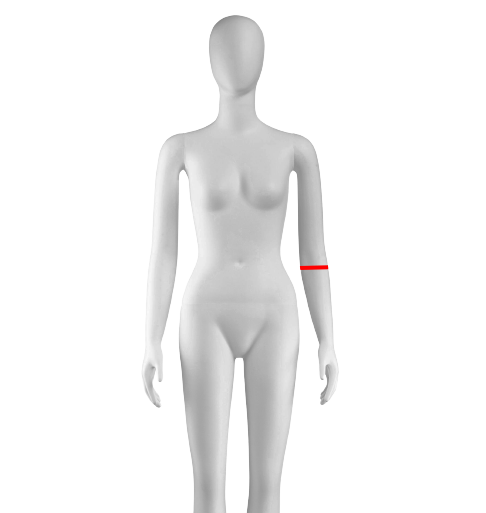



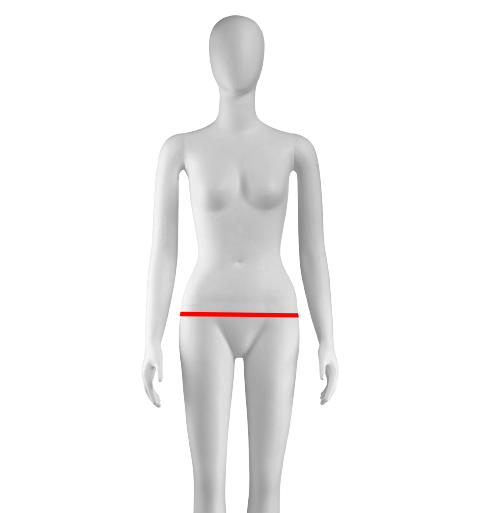


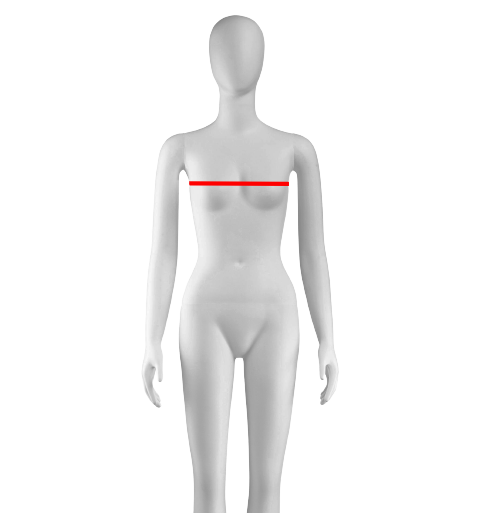
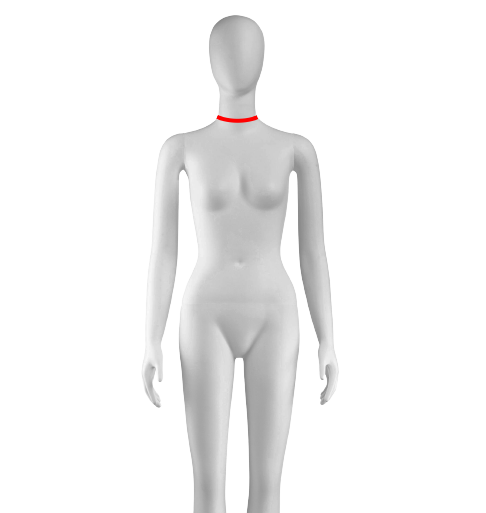
Hello, the pants arrived here on Wednesday without complications. It was really quick. The result convinced me again. The pants fit perfectly. The quality of the material and the workmanship are also exemplary. I am really happy and would like to expressly thank you in this way.
Best regards from 🇩🇪